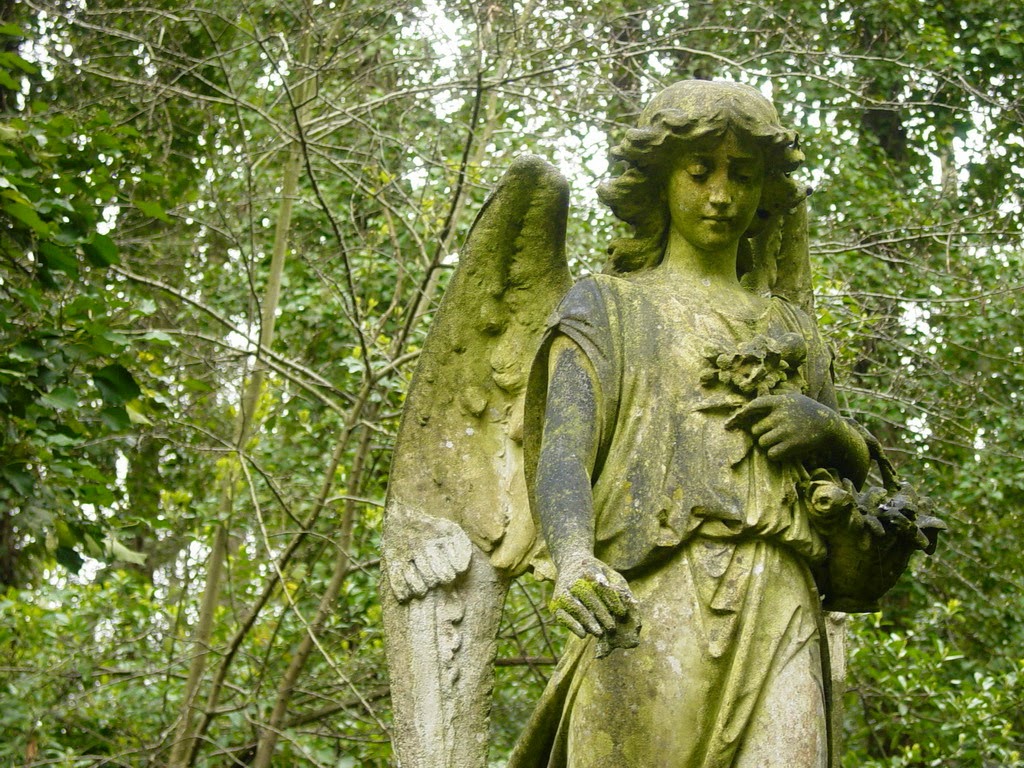Hello all,
On Tuesday, we discussed the best way of approaching the unseen poetry question.
To sum up this question (section B of the Lit Unit 2 - Poetry), you can expect:
- A fairly straight forward poem
- An extended metaphor or pattern of imagery to interpret
- A question which requires you to discuss a) ideas, attitudes, feelings; and b) the writer's methods (language and structure)
So, how should you approach a new poem in exam conditions?
By using the Three Tick Method! I nicked this idea from a well known American edublogger and writer. Here's how it works:
1) Create three tick boxes in the top corner of the paper like this:
 2) Read the poem. Make a few notes about the mood/tone. (Perhaps at the beginning and end?) Tick the first box.
2) Read the poem. Make a few notes about the mood/tone. (Perhaps at the beginning and end?) Tick the first box.
3) Re-read the poem. Make a few notes about techniques (Go for the most obvious ones - eg. metaphor, rhyme, structure). Tick the second box.
4) Re-read the poem. Make a note about the 'main idea' (perhaps the theme or meaning of the poem). Tick the final box.
Now you are ready to write. This process takes 4-5 minutes and gives you a way into the poem. You'll find more to say as you go. Feel free to add further notes as you go.
I was really pleased with how this seemed to work on Monday. A single reading is not always enough to 'get' a poem. This way, you'll hit the ground running when you do start to write. Don't be afraid to spend this time thinking and annotating first. 25 minutes is plenty of time for this answer.
Why not give it a go? You have some past questions and a model answer. Or you can look at this. Alternatively, have another look at these belters:
Love After
Love
The time will come
when, with elation,
you will greet yourself arriving
at your own door, in your own mirror,
and each will smile at the other's welcome,
And say, sit here. Eat.
You will love again the stranger who was yourself.
Give wine. Give bread. Give back your heart
to itself, to the stranger who has loved you
all your life, whom you ignored
for another, who knows you by heart.
Take down the love letters from the bookshelf,
the photographs, the desperate notes,
peel your own image from the mirror.
Sit. Feast on your life.
Derek Walcott
Mr M








.jpg)













